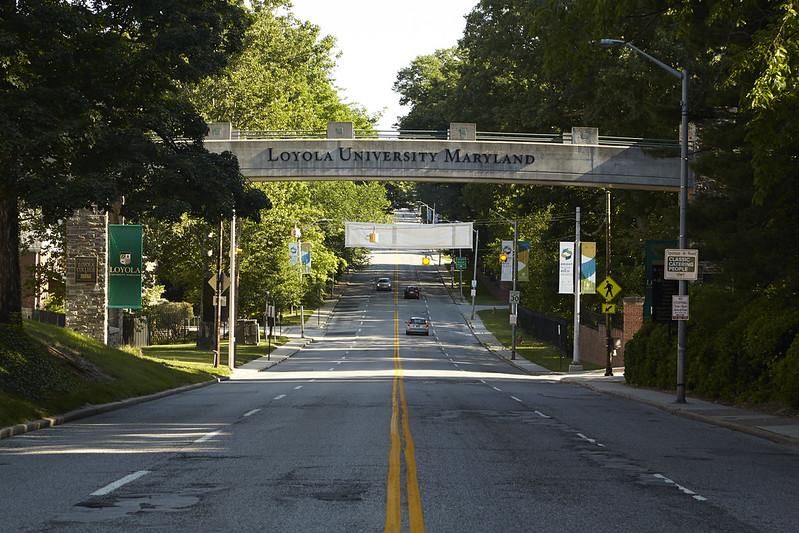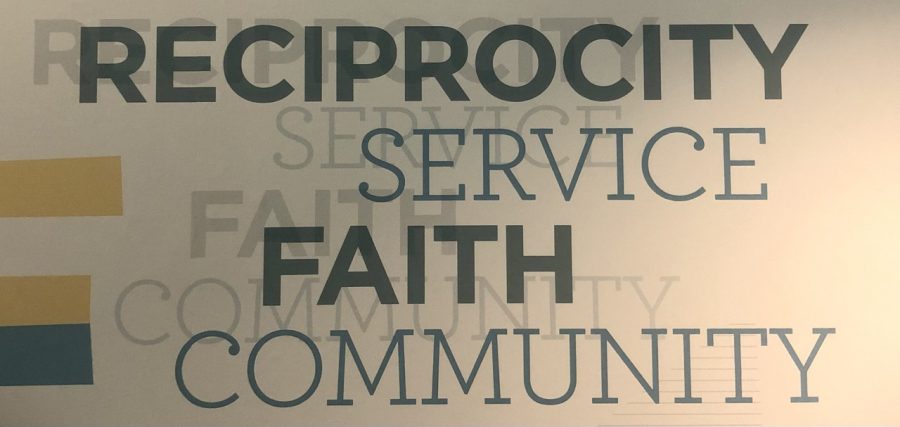Over the weekend staff writer Caroline Noice reached out to me for a comment on the farm bill. While I applaud her for taking a crack at a serious and under-reported topic, I fear she missed the critical points in my commentary on the issue. While the big farms are the winners in the Farm Bill, I did not intend (nor do I believe my commentary indicated) that is the biggest problem with the legislation (my commentary simply ended on this point). There are more problems than that with the legislation which I detail in the commentary below that I sent to Caroline.
I am seriously concerned about the amount of spending in the bill. To start with, it’s not really the “farm bill.” Food stamps make up roughly 80% of the bill and the 20% dedicated to the farming industry is for subsidies. So, I’d be remiss not to comment on that – First of all, the spending cuts on Food stamps were anything but a compromise. basically we had Republicans saying they wanted $40 billion in cuts and Democrats saying they wanted $4. Generally I would expect a compromise to be somewhere down the middle. $8 Billion is not a compromise. To put this in perspective, it’s only cutting the current budget for food stamps by 1%. According to the Heritage Foundation, “means tested welfare is the fastest growing component of government, and food stamps are the most expensive means tested welfare program.” Congress really ought to do a massive overhaul of the entire food stamp program in its own legislation, not pairing it with a “farm bill” to slip it by the voters.
However, I think giving subsidies to the agricultural industry is questionable at all — historically, the first “farm bill” was passed during the Great Depression when people couldn’t afford to buy food, forcing the food prices far below their actual value. That’s simply not the situation today. Furthermore, we aren’t facing the same issues — technology allows farmers to have a far better yield on their crops and do not need to be insulated from the threat of a bad crop season in the way they once were. A simple way to think of why this is wrong is that the government is forcing consumers to pay for food twice – once in their tax subsidies and again to pay higher prices in the grocery store that the subsidies cause. On first glance it seems that this couldn’t be true, but the way our subsidies are issued creates perverse incentives – to overproduce food to get increased subsidy payouts. So with the subsidy, the supply actually increases instead of decreases as you learned in your econ 101 class. This should decrease the price, however, the government needs to step in again to insure that crop prices don’t drop too low. They do this by destroying excess crops, which also presents an ethical dilemma.
Moreover, if you’re going to help the agriculture industry, this isn’t the way to do it. People tend to think the farm bill would help the family farm down the road- this isn’t the case. Subsidies go mostly to ConAgra and other large agricultural companies who frankly do not need the government’s help to stay alive (around 75% of large farms receive subsidies while only 24% of small farms do). Overall, the winners in the farm bill are just the big farms, not who we think benefits.
I trust that in the future you will take greater care in summarizing quoted sources in the paper to adequately cover the commentary they’ve issued on the topic.
-Ann Tumolo
Categories:
Letter to the Editor: Response to Farm Bill article
Amanda Ghysel
•
February 16, 2014
0
More to Discover










































































































